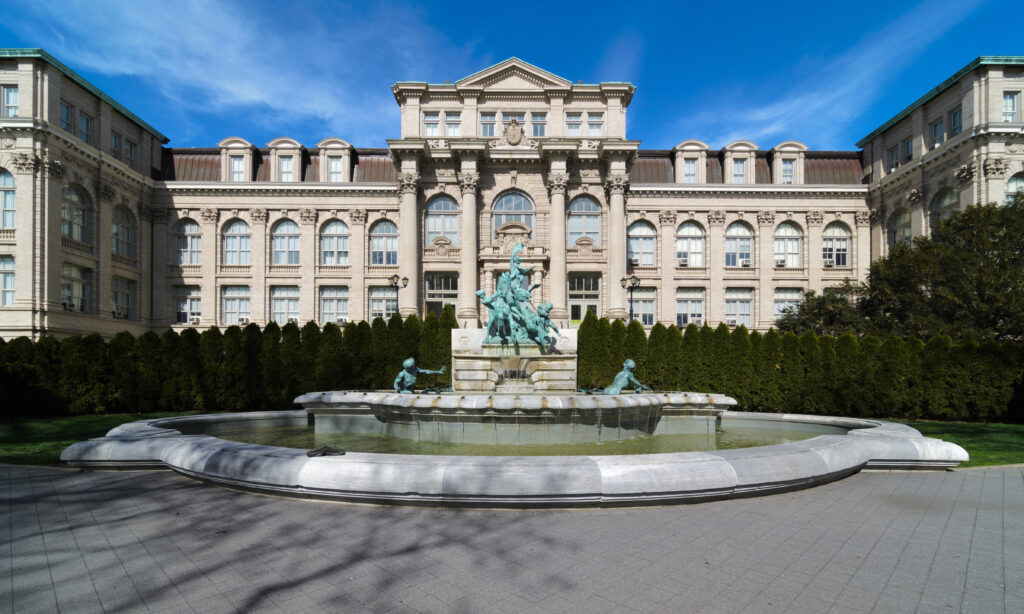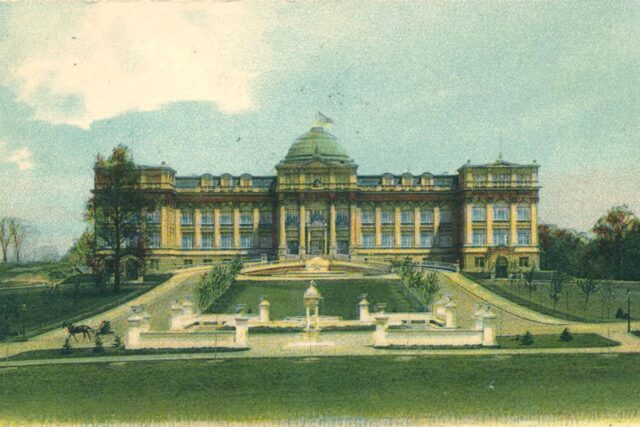Since my last update in June, I have spent a considerable amount of time reading and researching. The LuEsther T. Mertz Library at the New York Botanical Garden has been my location of choice to historically situate the garden itself throughout its various usages.
A pretty major shift in my research has been the change in North American gardens to European gardens as the primary focus for my piece, with a specific focus on the Royal Botanic Gardens at Kew, in the United Kingdom. This shift is largely attributed to the historical trajectory of botanic gardens — essentially all major botanic gardens in North America were established either as satellite outposts of European gardens, or more common, as places of leisure in line with the City Beautiful/public parks movement of the nineteenth century. While this is an important dimension of their history and largely informs contemporary perceptions of botanic gardens, North American gardens generally contain fewer vestiges of colonialism than their European counterparts. Many prominent botanic gardens in Europe were established upwards of two centuries earlier, and were founded largely as places of agriculture, trade, and research. European gardens of this era were inextricably linked to the plantation economies that funded their expansion and fueled additional colonial voyages. Botanic gardens in the seventeenth and eighteenth centuries were mutualistic and codependent with the rise of slave labor, and it is this history that I have been delving deeper into, and specifically how these gardens were a critical component of European colonial enterprises and nation-building efforts.
There are several other histories I have been exploring with tangential relations to my research questions. I have been digging deeper into the disciplines of religion studies and theology. As Christian/non-secular doctrine was a major component in the colonizing imperative of Europeans, it felt necessary to read into it further. “The arrangement of plants collected from the four corners of the Earth in botanic gardens was intended to indicate a re-gathering of the paradisiacal bounty of Eden that was scattered at the time of the fall,” explains Brian Johnson. The linkage between the gardens and God, as Johnson continued, were closely related during this era, and I am excited to read into this further.
There are other historical elements that I have been reading into further as well, such as how advancements in architecture and technology enabled the physical rise of the botanic garden, and on humanity’s relationship with plants in general, how they’re used in society, and humans’ relationship with the natural world.
Finally, the last part of my research has centered around why this history still matters, and how these practices are ongoing and reconfigured. There are still a lot of questions that are unanswered for me, but I have been looking into the fields of ethnobotany and bioprospecting, specifically within the pharmaceutical industry, to see how these imperialist attitudes and behaviors persist in our society.

/
